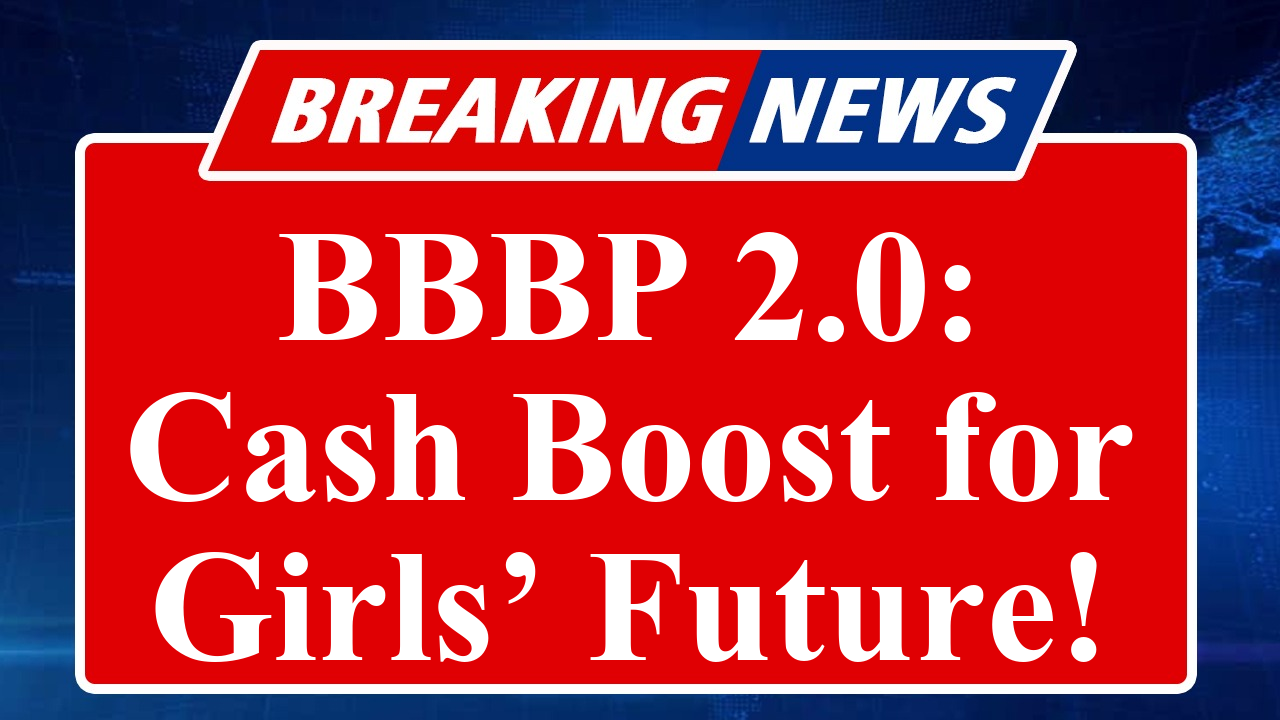The Indian government launched Beti Bachao Beti Padhao 2.0 on June 8, 2025, introducing cash incentives to boost girl child education and welfare. The revamped scheme aims to improve sex ratios and empower girls through financial aid, awareness campaigns, and stricter enforcement against gender-based issues, building on the success of the original initiative.
Revamped Beti Bachao Beti Padhao 2.0 Rolls Out with Financial Support
On June 8, 2025, the Indian government unveiled Beti Bachao Beti Padhao (BBBP) 2.0, an enhanced version of the flagship scheme aimed at improving the welfare of the girl child and addressing the declining sex ratio across the country. Launched in New Delhi by the Ministry of Women and Child Development, in collaboration with the Ministries of Health & Family Welfare and Education, the updated initiative introduces cash incentives to encourage families to prioritize girls’ education and health.
The BBBP scheme, originally launched on January 22, 2015, in Panipat, Haryana, has been credited with improving sex ratios in several states, notably Haryana, where the sex ratio rose from 904 to 906 between January and June 2025, compared to the same period in 2024. Building on this progress, BBBP 2.0 seeks to address persistent challenges such as female foeticide, child marriage, and limited access to education for girls, particularly in rural areas.
A key feature of BBBP 2.0 is the introduction of financial incentives for families, particularly those in economically disadvantaged sections. Eligible families will receive direct cash transfers to support girls’ education, healthcare, and nutrition. For instance, a one-time grant of up to ₹50,000 will be provided for girls enrolling in secondary education, with additional annual stipends for academic performance. The scheme also includes rewards for community health workers, such as SAHELIs in Haryana, who ensure safe deliveries, while penalizing those linked to illegal abortions.
The initiative integrates digital campaigns and awareness rallies to promote gender equality and curb practices like illegal sex determination. In states like Uttar Pradesh, programs like the Bhagya Lakshmi Yojana complement BBBP 2.0 by offering up to ₹2 lakh for girls’ welfare, focusing on families below the poverty line. Similar efforts in Kausambi and Gonda have included community events to celebrate the birth of girls and educate families on government schemes.
Haryana, a frontrunner in the original BBBP campaign, has intensified its efforts under the new phase. The state’s Health and Women and Child Development Departments have launched statewide drives, including stricter monitoring of illegal abortions, which contributed to the marginal improvement in the sex ratio. Other states, such as Mizoram, have incorporated innovative approaches like the BBBP Plantation Drive 2025, led by Governor Gen V.K. Singh, combining environmental sustainability with advocacy for girls’ rights.
The government has allocated ₹1,200 crore for BBBP 2.0 in the 2025-26 fiscal year, with plans to expand coverage to 100 additional districts with low sex ratios. The scheme also emphasizes skill development programs for girls, aiming to enhance their employability and financial independence. Partnerships with local NGOs and educational institutions will ensure grassroots implementation, while technology-driven monitoring systems will track progress in real time.
Critics, however, have raised concerns about the effectiveness of cash incentives, citing potential misuse or bureaucratic delays. The government has responded by promising transparent delivery mechanisms, including Aadhaar-linked payments and regular audits. The success of BBBP 2.0 will depend on sustained community engagement and robust enforcement of laws against gender-based discrimination.
Disclaimer: This article is based on recent news reports and official statements available on the web as of July 5, 2025. Information is sourced from credible outlets like Hindustan Times, The Statesman, and Business Standard. Readers are advised to verify details through official government channels for the latest updates.

